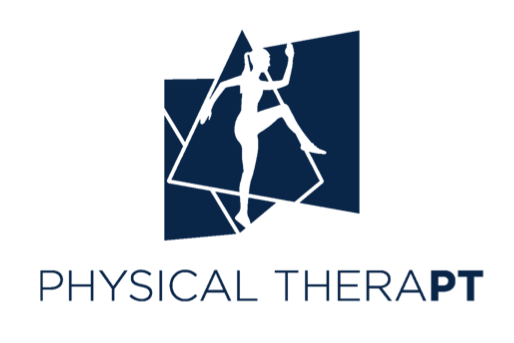Kinesiology taping, sometimes called “KT” or “taping”, has emerged as a popular technique in sports medicine and rehabilitation, gaining recognition for its ability to support injury recovery and decrease pain. While the concept of elastic taping is not new, its application has evolved significantly. Let’s dive into what therapeutic elastic taping is, how it works, and its benefits.
What is Kinesiology taping?
Kinesiology taping uses a flexible, stretchy tape designed to mimic the elasticity of skin. The tape is applied to the skin in various patterns and tensions, depending on the condition being treated. Unlike traditional athletic tape, which is often intentionally rigid and restrictive, kinesiology tape allows for a full range of motion, thereby supporting and stabilizing muscles and joints without restricting movement.
How Does It Work?
The primary theories behind the effectiveness of kinesiology taping involve its impact on the skin and underlying tissues. When applied correctly, the tape can lift the skin slightly, creating more space between the skin and the underlying tissues. This lifting effect is thought to improve lymphatic drainage, reduce pressure on pain receptors, and facilitate the body’s natural healing processes.
Additionally, kinesiology taping has been observed to provide proprioceptive feedback, which can help the body to correct movement patterns and improve posture. Applying portions of the tape with increased tension in specific patterns can gently influence the way a person stands or moves. This feedback may help athletes and individuals with musculoskeletal injuries to perform better and recover more effectively.
Benefits of Kinesiology taping
Pain Relief: One of the most commonly reported benefits of kinesiology taping is pain relief. The lifting effect of the tape can help to alleviate pressure on pain receptors and reduce discomfort associated with various injuries and conditions.
Improved Function: Kinesiology taping can enhance functional performance by supporting weak or injured muscles and joints. This support helps in maintaining proper alignment and reducing strain during physical activities.
Enhanced Circulation: The tape’s effect on skin and underlying tissues is thought to improve blood flow and lymphatic drainage. This can contribute to reduced swelling and quicker recovery times.
Injury Prevention: By stabilizing muscles and joints, kinesiology taping may help to prevent injuries during physical activities. It can also support rehabilitation by ensuring that muscles are properly engaged and protected.
Evidence and Efficacy
The scientific evidence supporting kinesiology taping is mixed. Some studies suggest that kinesiology taping can be beneficial for specific conditions such as musculoskeletal pain, joint instability, and post-surgical recovery. For instance, research published in the Orthopaedic Journal at Harvard Medical School (Bhashyam, et al 2018) found that kinesiology taping could reduce pain and improve function in individuals with shoulder impingement when used in conjunction with physical therapy. Another study in the Journal of Sports Rehabilitation (Kirmizigil, et al 2019) indicated that it might aid in decreasing muscle soreness and improve post-exercise performance.
However, other studies question the clinical significance of these benefits. A review in the American Journal of Physical Medicine & Rehabilitation (Ye, et al 2020) concluded that while kinesiology taping might have some short-term benefits, its effectiveness compared to other treatment methods is still uncertain.
Application Techniques
Proper application of kinesiology tape is crucial for its effectiveness. The tape can be applied in various ways depending on the desired outcome. For instance, a "fan" technique might be used to address swelling, while a "strip" technique can target muscle support. It is advisable to seek guidance from a trained healthcare professional to ensure correct application and maximize benefits.
Kinesiology taping is a versatile tool in the field of rehabilitation and sports medicine, offering potential benefits for pain relief, functional improvement, and injury prevention. While the evidence supporting its efficacy is still evolving, many individuals report positive outcomes. Additionally, kinesiology tape is an inexpensive and low-risk modality. Exploring therapeutic elastic taping could be a valuable step in your injury recovery journey and may provide the support and relief you’re looking for in your journey towards becoming a more robust, durable athlete.
Interested? All three of our clinicians are certified by Rocktape! Talk to your provider during your next appointment to see how kinesiology tape could supplement your recovery, or reach out to schedule a taping appointment.
To learn more, check out these resources:
Annals of Applied Sports Science: Effect of Kinesio Tape on Proprioception, Static and Dynamic Balance in Individuals with Chronic Ankle Instability
Rock Tape: Kinesiology Tape Research
Orthopaedic Journal at Harvard Medical School: A Systematic Review of Taping for Pain Management in Shoulder Impingement
Journal of Sports Rehabilitation: The Effectiveness of Kinesio Taping in Recovering From Delayed Onset Muscle Soreness: A Crossover Study
American Journal of Physical Medicine & Rehabilitation: Effectiveness of Elastic Taping in Patients With Knee Osteoarthritis







